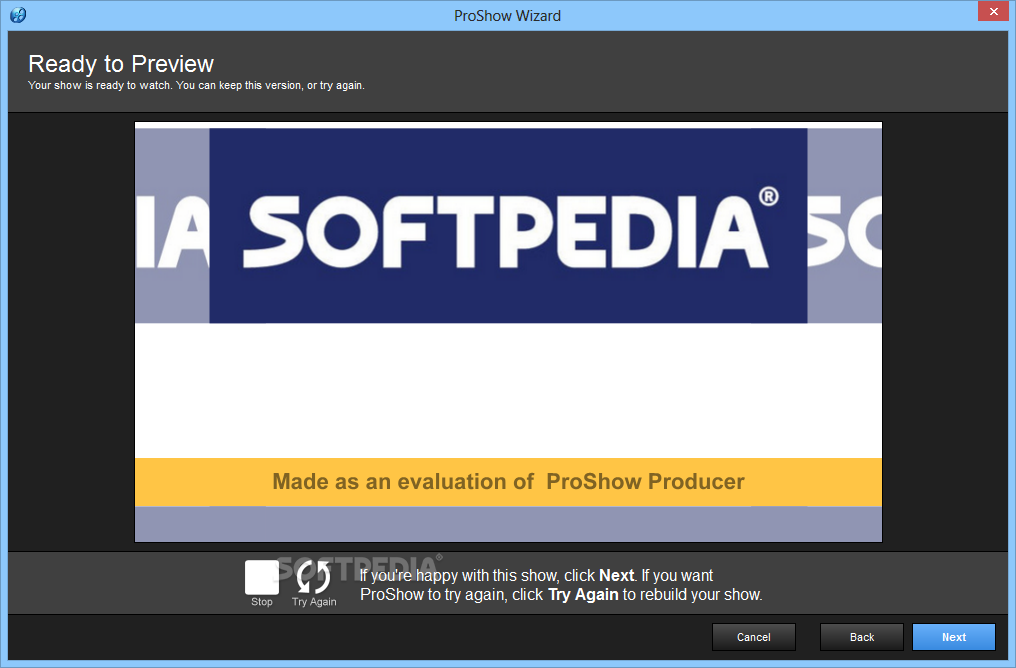Blank Virobnicha Harakteristika Dlya Nadannya Na Lkk Ta Msek

Exclusions enable you to exclude files and folders from scanning.  To ensure that all objects are scanned for threats, we recommend only creating exclusions when it is absolutely necessary. However, there are situations where you may need to exclude an object, for example large database entries that would slow your computer during a scan or software that conflicts with the scan.
To ensure that all objects are scanned for threats, we recommend only creating exclusions when it is absolutely necessary. However, there are situations where you may need to exclude an object, for example large database entries that would slow your computer during a scan or software that conflicts with the scan.
Cnc usb controller keygen crack software. I think the First Amendment is based largely on this.

20810 results.
To exclude an object from scanning: 1. Click Add, 2.Enter the path to an object or select it in the tree structure. You can use wildcards to cover a group of files. A question mark (?) represents a single variable character whereas an asterisk (*) represents a variable string of zero or more characters. Examples • If you wish to exclude all files in a folder, type the path to the folder and use the mask “*.*”. • To exclude an entire drive including all files and subfolders, use the mask 'D: *'. • If you want to exclude doc files only, use the mask “*.doc“.
•If the name of an executable file has a certain number of characters (and characters vary) and you only know the first one for sure (say “D”), use the following format: “D????exe”. Question marks replace the missing (unknown) characters. NOTE A threat within a file will not be detected by the Real-time file system protection module or Computer scan module if a file meets the criteria for exclusion from scanning. Columns Path – Path to excluded files and folders. Threat – If there is a name of a threat next to an excluded file, it means that the file is only excluded for the given threat, not completely. If that file becomes infected later with other malware, it will be detected by the antivirus module. This type of exclusion can only be used for certain types of infiltrations and it can be created either in the threat alert window reporting the infiltration (click Show advanced options and then select Exclude from detection), or by clicking Tools > Quarantine and then right-clicking the quarantined file and selecting Restore and exclude from detection from the context menu.
Control elements Add – Excludes objects from detection. Edit – Enables you to edit selected entries. Remove – Removes selected entries.